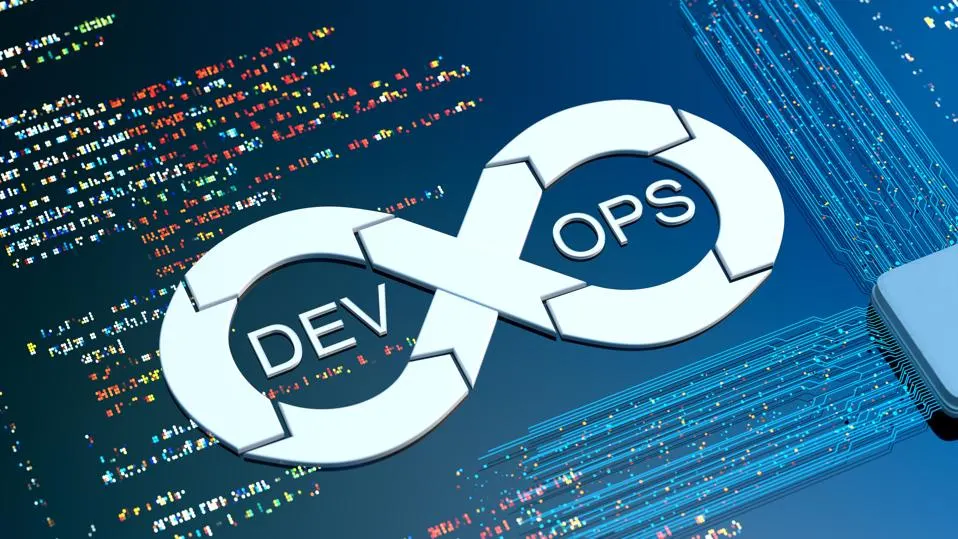

DevOps Digest: Bridging the Gap Between Development and Operations
Welcome to the era of collaboration, automation, and efficiency—welcome to DevOps. In this blog post, we’ll dive into the core principles of DevOps and explore how it acts as the glue that brings together development and operations teams for a harmonious and streamlined workflow.
1. Understanding DevOps
Subheading: “Breaking Silos”
- Discuss the historical challenges between development and operations teams.
- Introduce DevOps as a cultural and collaborative approach to software development.
Subheading: “The Three Ways of DevOps”
- Explore the three fundamental principles of DevOps: Flow, Feedback, and Continual Learning.
- Discuss how these principles form the backbone of successful DevOps implementations.
2. Collaboration at its Core
Subheading: “Cross-Functional Teams”
- Emphasize the importance of cross-functional teams in DevOps.
- Discuss how bringing developers and operations together fosters better communication and collaboration.
Subheading: “Shared Responsibilities”
- Highlight the shift-left mentality where both development and operations share responsibilities throughout the entire software development lifecycle.
3. Automation for Efficiency
Subheading: “Automating Workflows”
- Discuss the role of automation in DevOps.
- Explore how automation streamlines repetitive tasks, reducing manual errors and improving efficiency.
Subheading: “Infrastructure as Code (IaC)”
- Introduce the concept of Infrastructure as Code and its benefits in managing and provisioning infrastructure through code.
4. Continuous Integration and Continuous Deployment (CI/CD)
Subheading: “The CI/CD Pipeline”
- Explain the CI/CD pipeline as a cornerstone of DevOps.
- Discuss how continuous integration and deployment lead to faster, more reliable software delivery.
Subheading: “Feedback Loop”
- Explore the importance of a fast and effective feedback loop in CI/CD.
- Discuss how quick feedback enhances the quality of software.
5. Monitoring and Feedback Mechanisms
Subheading: “Proactive Monitoring”
- Emphasize the significance of monitoring in DevOps.
- Discuss how monitoring tools provide real-time insights into system performance.
Subheading: “Incident Response and Feedback Loops”
- Discuss the role of incident response in DevOps.
- Highlight the iterative nature of feedback loops for continuous improvement.
Conclusion
DevOps is more than just a methodology; it’s a mindset that transforms the way development and operations teams collaborate. By embracing the principles of DevOps, organizations can break down silos, automate workflows, and create a culture of continuous improvement.
Remember, in the world of DevOps, collaboration is key, automation is the engine, and feedback is the compass guiding teams towards excellence.



